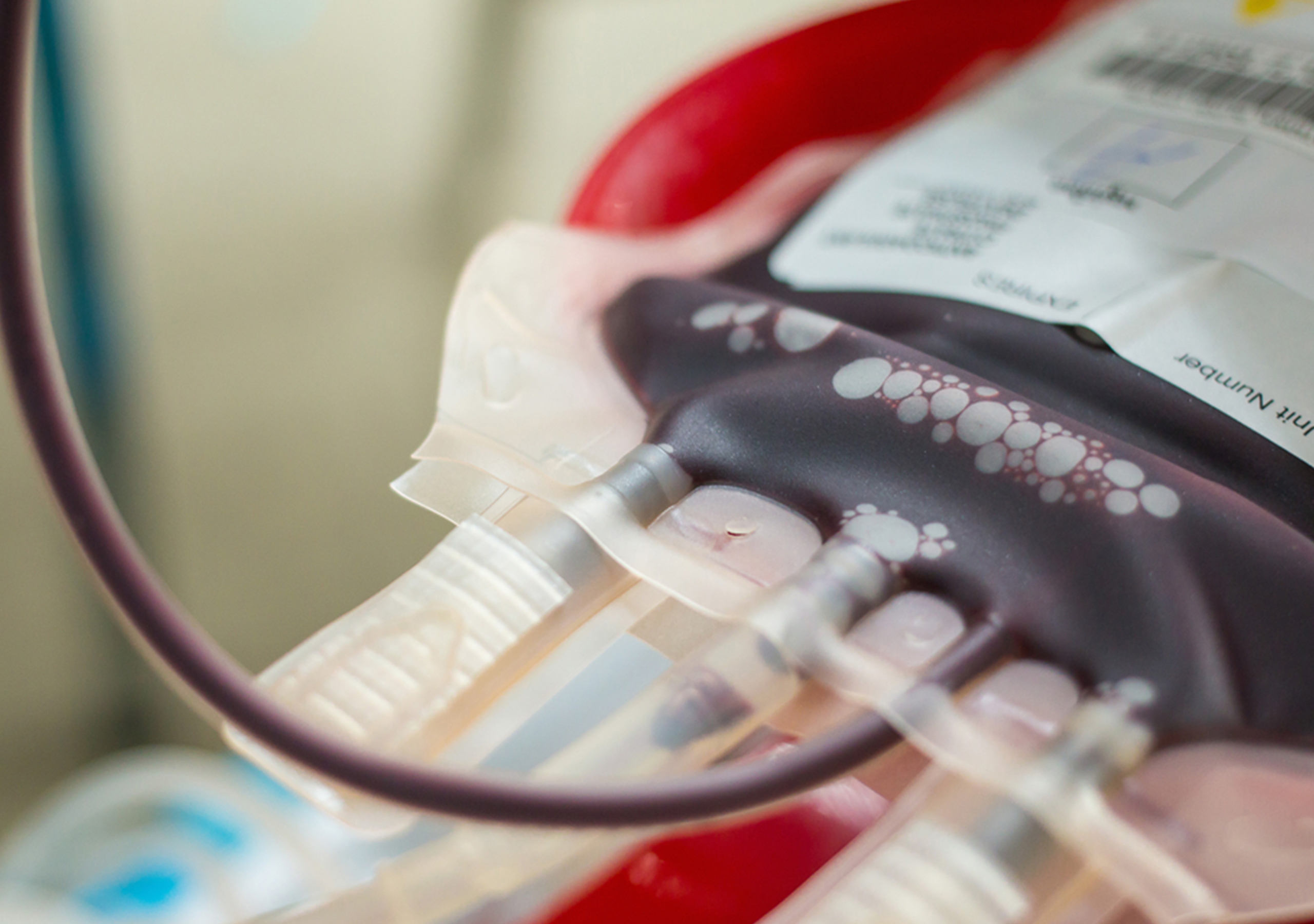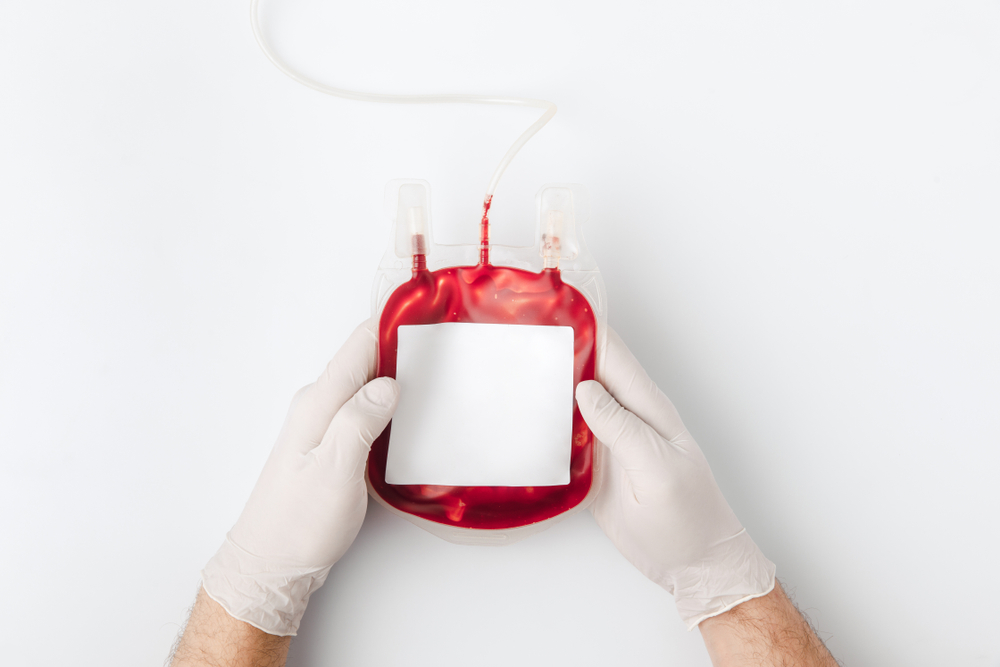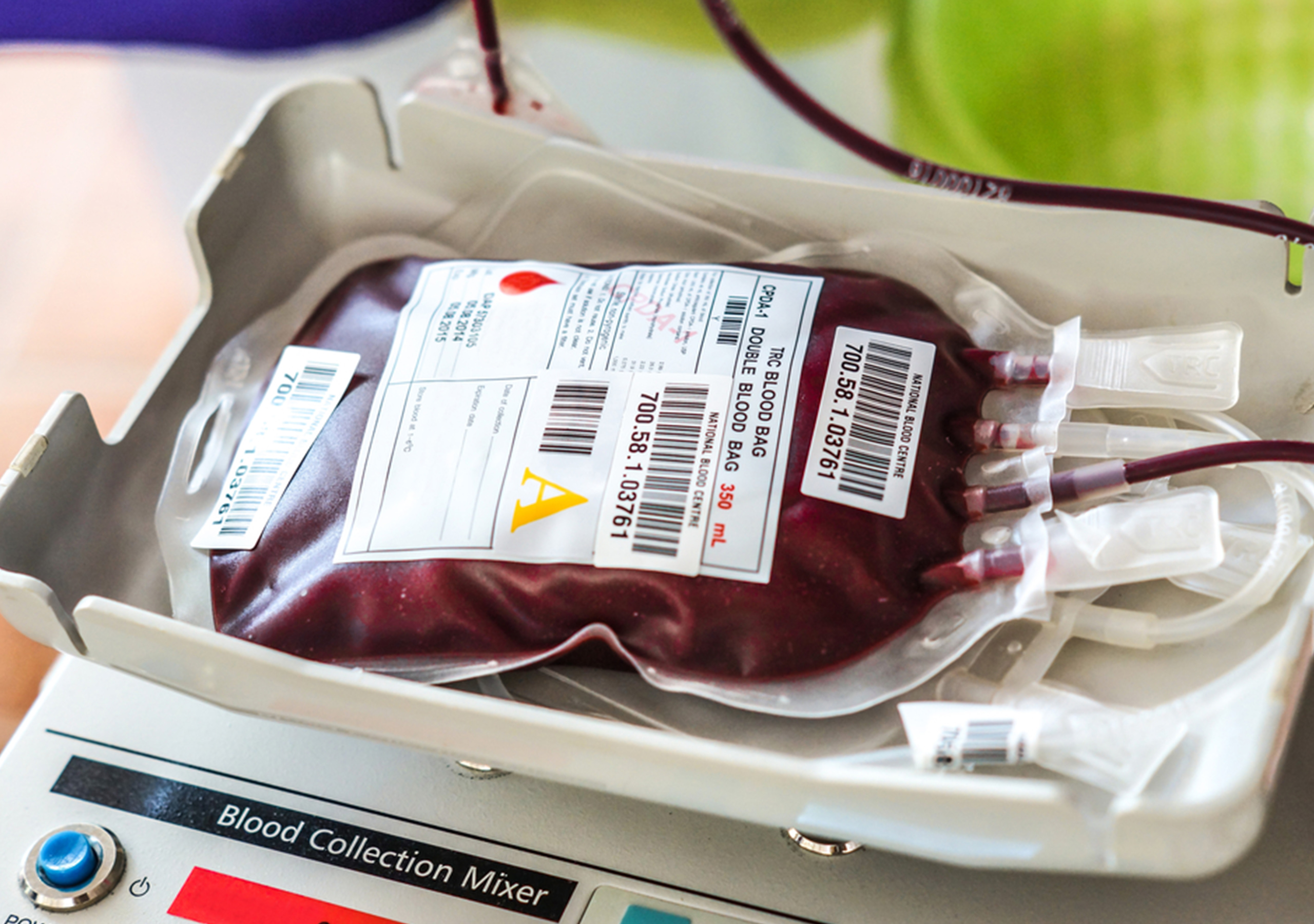
“Award-winning PBM program resulted in 12,654 fewer blood component units transfused, a 22% reduction in red blood cell (RBC) transfusions, a 28% reduction in blood product spending, a 277% overall return on investment, and a total savings of $4 million.”
Katy Loos, MSN, CRNP, RN
Patient Blood Management Specialist/Director
November 6, 2017
On November 3rd, we were honored to accept the 2017 Delaware Valley Patient Safety & Quality Award from The Health Care Improvement Foundation for our submission, “Implementation of a Patient Blood Management Program,” which outlines the integration of patient blood management (PBM) as a daily, embedded quality improvement strategy at Thomas Jefferson University Hospitals (TJUH). Watch this video from the award presentation to see how the PBM program significantly decreased blood product wastage and utilization, length of stay, and sepsis at TJUH.
 The project was evaluated on evidence of significant and sustained improvement in quality, patient safety, innovation, and the potential for replication in other healthcare organizations. As an outsourced provider of PBM implementation, we are thrilled to share in TJUH’s success and we applaud its leadership and organizational commitment to improvement.
The project was evaluated on evidence of significant and sustained improvement in quality, patient safety, innovation, and the potential for replication in other healthcare organizations. As an outsourced provider of PBM implementation, we are thrilled to share in TJUH’s success and we applaud its leadership and organizational commitment to improvement.
Our submission highlights measurable benefits of patient blood management. Over a two-year time span, we saw 12,654 fewer blood component units transfused, a 22% reduction in red blood cell (RBC) transfusions, a 28% reduction in blood product spending, a 277% overall return on investment, and a total savings of $4 million.
By these metrics alone, the success at TJUH and other customer facilities demonstrates the value of a patient-focused, multidisciplinary approach to PBM. But consider also that reducing transfusion rates decreases the costs associated with morbidity, mortality, length of stay, and infection. Knowing the financial and clinical benefits of better patient outcomes and improved quality of life, we have to ask the question:
Why doesn’t everyone have a patient blood management program?
 To answer that, we need to look to the past. Historically, we were taught that blood transfusions were harmless interventions that strengthened the patient. In theory, it was an easy process. We would find units of blood products that match the patient, hang the product, and transfuse. We believed that a transfusion would make the patient “better” and ready for the next round of medical treatment—just like replacing an old pair of shoes. But a landmark study in 1999, and a great deal of reliable guidance published since, tells us that transfusion often is not the best approach.*
To answer that, we need to look to the past. Historically, we were taught that blood transfusions were harmless interventions that strengthened the patient. In theory, it was an easy process. We would find units of blood products that match the patient, hang the product, and transfuse. We believed that a transfusion would make the patient “better” and ready for the next round of medical treatment—just like replacing an old pair of shoes. But a landmark study in 1999, and a great deal of reliable guidance published since, tells us that transfusion often is not the best approach.*
Still, successful PBM implementation requires expertise, experience, and a deep commitment to change. To overcome the obstacles to implementation, we first have to overcome long-held habits and perceptions.
- Establishing an effective PBM program is challenging. There are countless layers to each level of adoption across many service lines. Navigating the challenges requires a strong, accountable subject matter expert and a reliable system for gathering and evaluating performance indicators.
- Patient blood management touches nearly every department and clinician in a hospital, which makes it hard to find a home for the service. Program ownership is not often clear in the same way that Radiology owns X-rays or Cardiology owns EKGs and stress tests, so an accountable owner is vital to ensure continuity and consistency across all phases and areas of patient care.
- Most transfusion education is passed along via word of mouth and is often stuck in a “this is how we’ve always done it” mindset. While SABM and AABB offer learning programs, PBM is generally not an area of focus in medical schools, residencies, or nursing education. New clinicians are at the mercy of old belief systems.
- Transfusion continues to be perceived as a harmless procedure. As a result, it’s one of the most common procedures performed in U.S. hospitals, with physicians often having no clear reason for writing the order. Additionally, some physicians see PBM as a religious accommodation only, while others view PBM as just one more way that hospitals are trying to dictate their practice.
While the list of obstacles goes on and on, so does the list of benefits.
- For the patient, PBM eliminates exposure to the adverse effects of transfusion, which can include a dangerous reaction, fluid overload, human error (the most common), infection, or cancer recurrence.
- The physician is more successful, providing better clinical outcomes by minimizing risk and reducing the likelihood of infection and length of stay (including ICU stays).
- Nurses spend less time performing the tasks associated with transfusion, including less time watching for reactions, which translates into more quality time with the patient.
- The hospital benefits through reduced purchase and handling costs throughout the facility, including less spending on crossmatches, tubing, and blood products, all of which are built into the DRG overall charge. Plus, The Joint Commission now offers facility-level certification in patient blood management.
- Ultimately, PBM enables the hospital to better serve its community because reduced transfusion rates increase the likelihood that blood products are available for those who truly need them, such as patients with sickle cell anemia, people with chronic illness involving bone marrow production, and accident victims who have acute, life-threatening blood loss. With PBM, blood blank staff can focus on processing, storing, and delivering blood products where they are needed most.
The evidence supporting a structured patient blood management program is abundant, but change is difficult. For those considering PBM, the thought of taking that first step might be the biggest obstacle of all. That’s why we’re especially proud of the leadership and documented success of our customers and our ability to work with them to drive clinical and financial improvement. We know that it is possible to break out of the old mindsets, and that the rewards are well worth the effort. Based on our experience, it makes sense for healthcare leaders to ask: Why don’t we have a patient blood management program?
* Additional Resources



Comments are closed.